

Derek Fung
Mercedes-Benz exec denies plan to use BMW engines
34 Minutes Ago

News Editor
Ford Australia manufactured the Falcon for 56 years, in addition to other locally-developed models like the Fairlane and Territory. But while it was often accused of being the Falcon Motor Company, Ford has for decades offered a wide range of other vehicles.
Many were good, like the Mazda-based Laser and Telstar and the European-sourced Focus and Mondeo.
Not all were winners in the market, however. Nor, for that matter, was every Australian-made Ford.
Update, 11/12/2020: We’ve pulled this story forward to the homepage for those who may have missed it first time around.
MORE: 10 Holdens you might have forgotten about

The Ford Territory was the first locally-engineered, four-wheel drive Ford, right? Not quite.
In 1972, Ford started building a four-wheel drive version of the XY Falcon Utility. It didn’t get far, with production ending the same year.
Initial plans were to sell the four-wheel drive ute in Queensland and New South Wales only, and then potentially roll it out to other states and even introduce a four-wheel drive wagon – a proto-Territory, if you will.

The Eagle Farm plant in Brisbane handled production as it could better accommodate a more time-intensive, low-volume project than the busier Broadmeadows operation. Eagle Farm also handled local assembly for imported F-Series trucks and had supplied components to Willys Motors, which assembled its CJ-5 and CJ-6 Jeeps locally.
Delays sourcing the Jeep four-wheel drive components led to the XY 4WD’s 1972 introduction, right as the new XA was reaching showrooms. There were plans to eventually do a XA 4WD, however.
You can tell an XY 4WD from its rear-wheel drive counterparts by its higher ride height, as well as the goofy plastic front spoiler employed to hide some of the greasy four-wheel drive bits underneath.
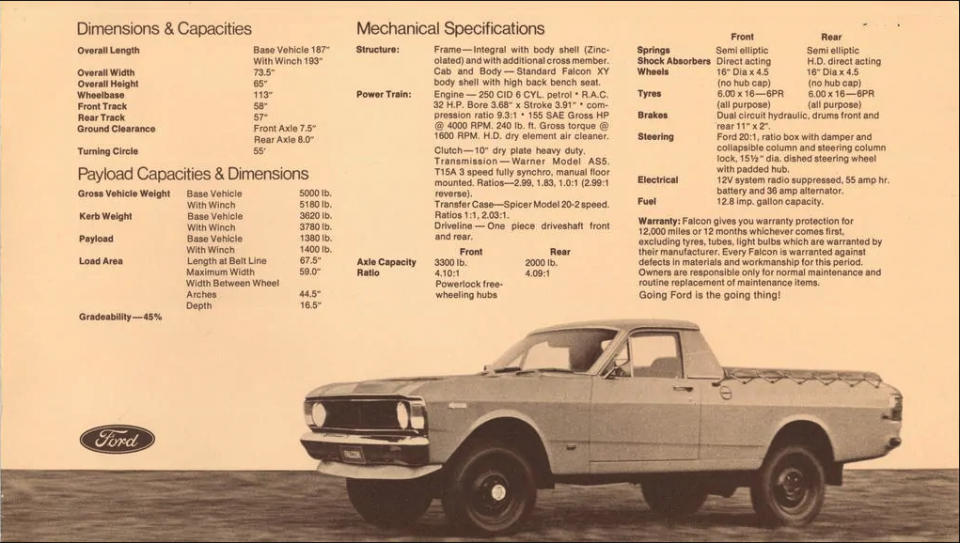
The XY ute was jacked up by 190mm (7.5 inches) at the front and 203mm (8 inches) at the rear. It adopted a leaf-sprung, live front axle – a first for the unibody Falcon – which required a lot of rejigging and reinforcing under the bonnet, including a slanting of the engine to the right to provide clearance between the axle and the sump.
Priced at $3680, all 432 units used Ford’s 250 cubic-inch (4.1-litre) six-cylinder engine mated to a three-speed manual transmission with a two-speed transfer case. Kerb weight was 1642kg, with a payload of 625kg.
It might look basic but this was a plusher vehicle than Land Rovers and Japanese 4WDs of the time, with a padded dash panel, sun visors, and door-mounted arm rests. Accessories included a heavy-duty tow bar and a military-style high canvas canopy.
Ford planned to produce 400 units and ended up manufacturing 432, but no more. For whatever reason – reportedly a failure to meet Australian Design Rules, but more likely a lack of profitability – Ford discontinued the project. Instead, those wanting a four-wheel drive ute were steered towards the locally-converted F-Series.
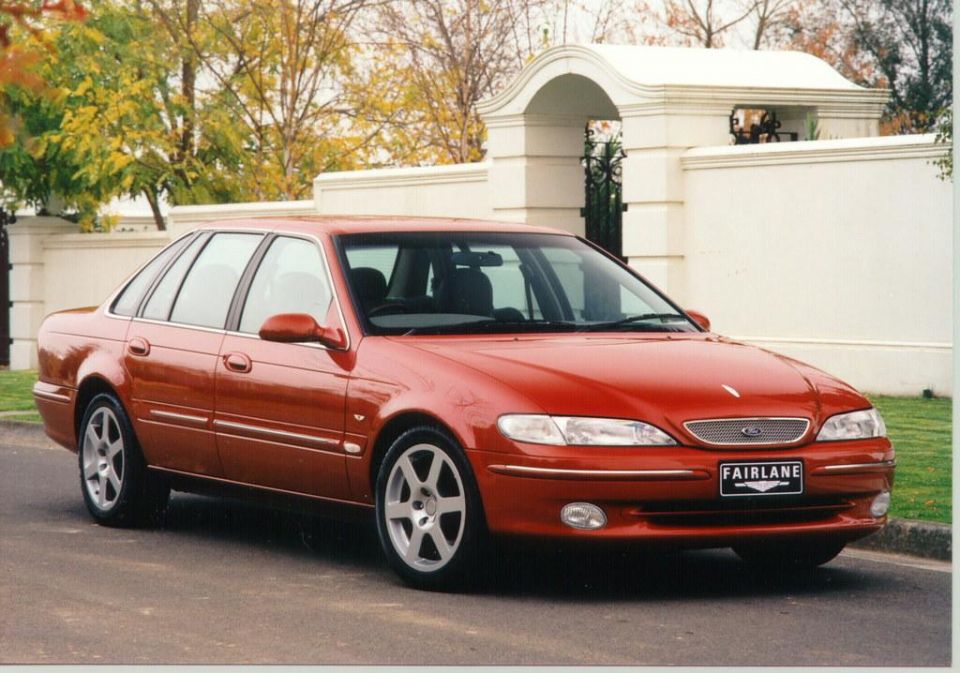
The Grange was a mainstay of the HSV range from 1996 until 2017, replacing the HSV Statesman. Meanwhile, the Blue Oval brand had only offered the occasional, vaguely sporty-looking Sportsman edition plus a short-lived Tickford suspension package during the NC generation.
Ford only made two attempts at a hotted-up luxury limo to directly rival the Grange. The first came during the end of the NL Fairlane’s run, with Ford contracting Tickford Vehicle Engineering in 1998 to create the Fairlane by Tickford. Just 106 were built, all in Navy Blue or Regency Red.
Borrowing parts from the EL Falcon GT of 1997, the Fairlane by Tickford’s Windsor V8 engine had an extra 30kW and 17Nm over the Fairlane for a total of 195kW and 405Nm, just 5kW down from the GT. It undercut the HSV Grange 185i by $2725, but at $70,500 it also cost a whopping $18,000 more than the Fairlane Ghia V8 and $3500 more than an LTD V8.
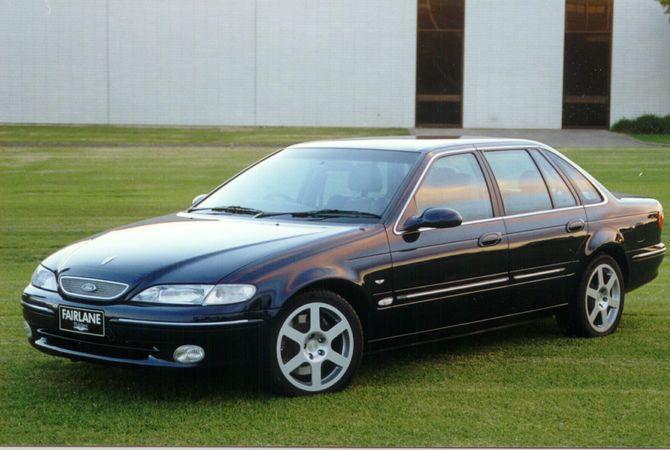
For the extra sum you got unique 17-inch alloy wheels, a mesh grille, the GT’s bigger brakes and a revised suspension tune, in addition to the more powerful V8. Inside, there were leather sport seats, a wood-rimmed Momo steering wheel, and additional leather accents.
Ford fortunately avoided the excesses of the EL GT, whose exterior modifications would have looked try-hard on the larger and more conservative Fairlane Ghia. The FBT also didn’t use the GT’s suspension tune, with Tickford retuning the Fairlane Ghia to improve roadholding but not at the expense of ride quality. That was sensible, considering the NL was the last series of Fairlane to use a live rear axle.
Ford’s next attempt at a hotted-up Fairlane arrived just a year later in 1999.
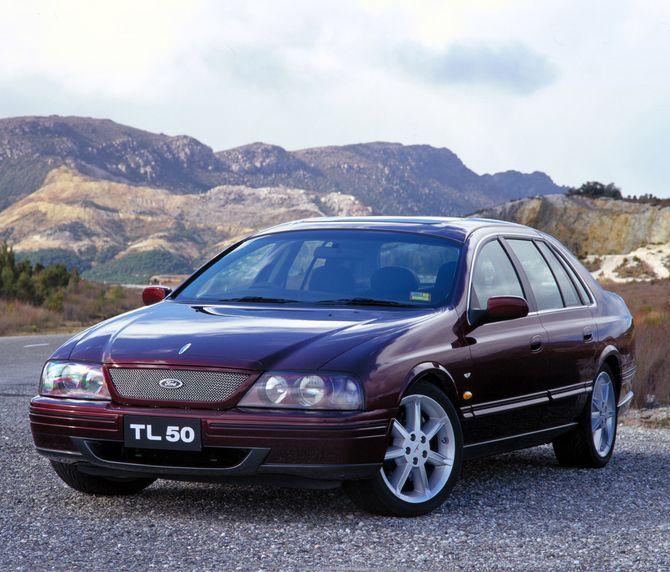
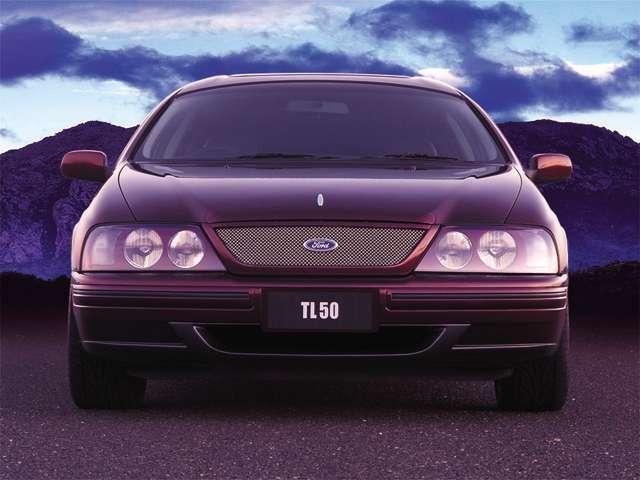
FTE, or Ford Tickford Experience, was a precursor to the better-known Ford Performance Vehicles (FPV). Sick of HSV stealing all the thunder in the local sports sedan market, Ford once again tied up with Tickford and created the FTE performance brand.
In 1999, Ford launched three FTE models: the Falcon-based TE50, the Fairmont-based TS50 and the Fairlane-based TL50. While HSV often looked positively boy-racerish with giant spoilers and lairy body kits, the FTE sedans were dignified and understated, toning down their polarising AU bases. Rear spoilers were even optional.
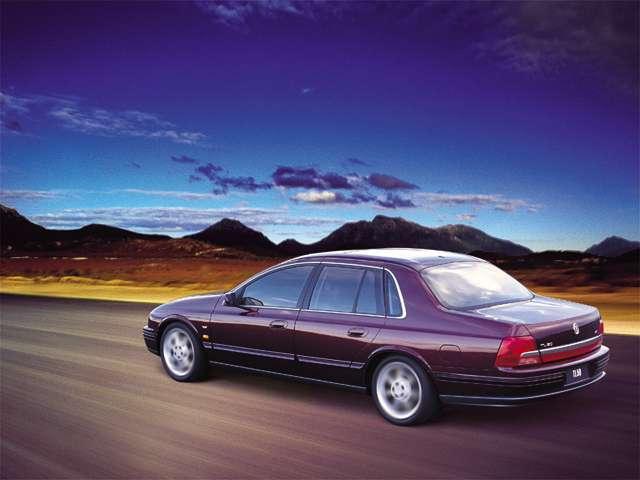
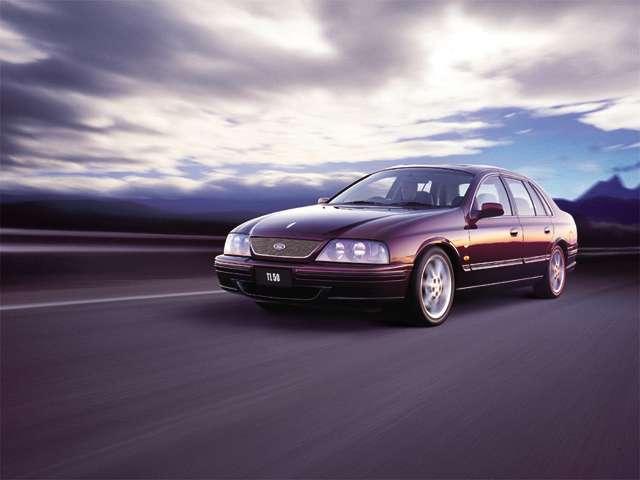
The TL50 was priced directly against the HSV Grange and was powered by an updated Windsor V8 producing 200kW of power and 420Nm of torque; the cheaper TS50 had an extra 20kW and 15Nm, while the Fairlane Ghia V8 had 175kW and 395Nm and the LTD V8 185kW and 412Nm.
The flagship FTE’s V8 was a fettled version of the Falcon XR8’s engine, with modifications like a larger air intake and a revised camshaft profile. Like the TS50 only a four-speed automatic transmission was available, though it had a manual-shift mode.
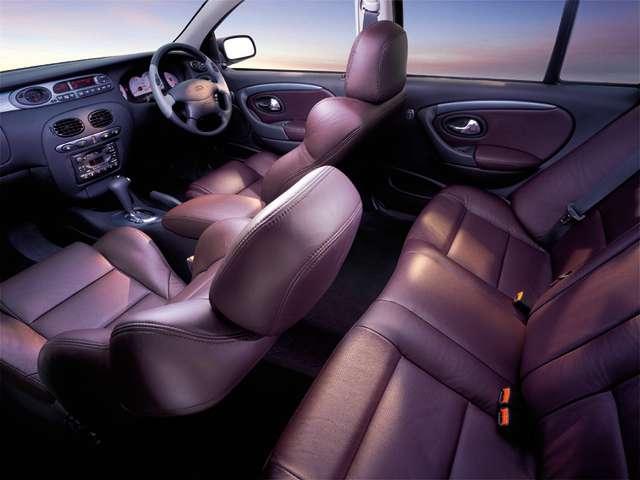
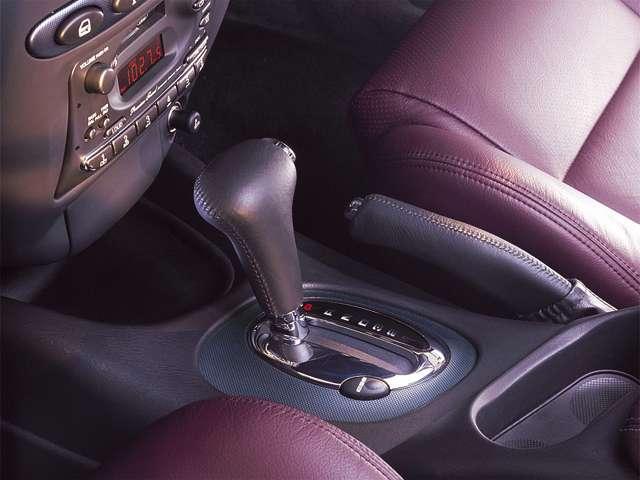
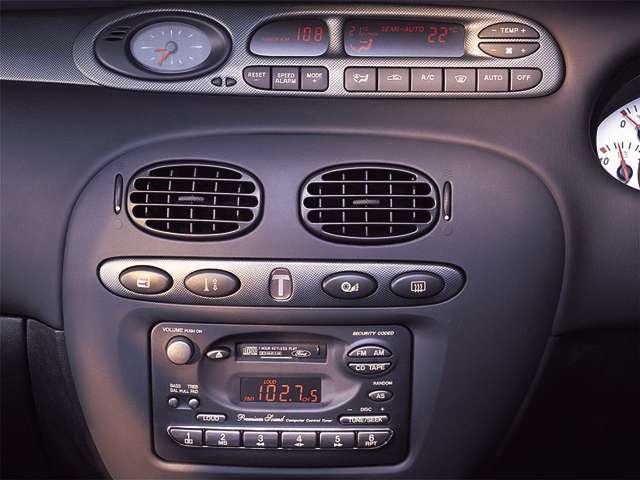
Other changes included bigger brakes with twin-piston calipers behind new 18-inch alloy wheels, plus some carbon-fibre interior trim, charcoal or aubergine leather upholstery, and white instruments.
While Tickford did a commendable job toning down the AU Fairlane’s styling – the most overtly American-looking prestige Ford since the P6 LTD – the TL50 was priced directly against the Grange, its $77,000 list price only undercutting the HSV by $1500. The HSV, however, had an extra 50kW of power and 38Nm of torque plus a slightly longer feature list.
Although the TL50 officially remained on price lists into 2001, just 58 were made out of a total of 841 FTEs. Ford would offer vaguely sporty G8 and G220 versions of its BA but there would never be a Fairlane or LTD-based model in the Ford Performance Vehicles line.
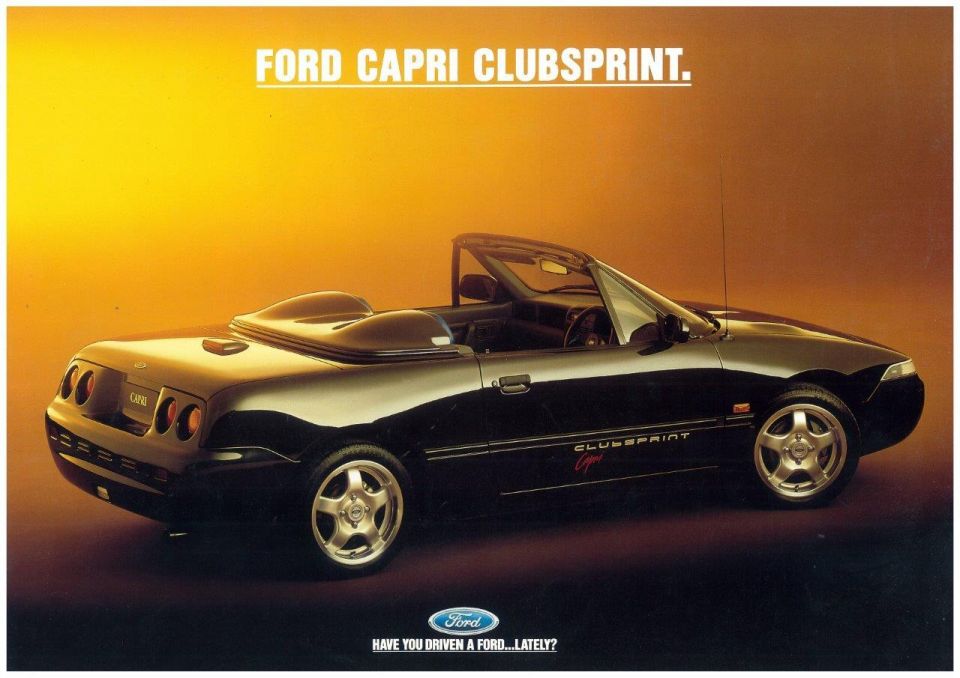
Ford Australia first collaborated with tuning firm Tickford in the early 1990s, establishing a joint venture called Tickford Vehicle Engineering. While much of TVE’s projects were Falcon-based, one of its first was based on the Capri convertible.
The Capri was a Mazda 323-based, ItalDesign/Ghia-designed convertible developed by Ford Australia and exported to the US, where it was sold as the Mercury Capri. Though it reached Australian showrooms at the same time as the Mazda MX-5, a sportier, rear-wheel drive rival, the Capri enjoyed some modest popularity in Australia (though not so much in the US). It was a little less dynamic than the Mazda but offered a second row of seats, however small.
Though not unusual for a convertible in Australia, Capri sales had declined a bit by 1992. The Clubsprint was a way to attract attention to the Capri again and, aesthetically, it delivered. The useless second row was replaced with a parcel shelf, with a double-bubble tonneau cover – which Ford called a Capote lid – that gave the Capri more of a roadster look.
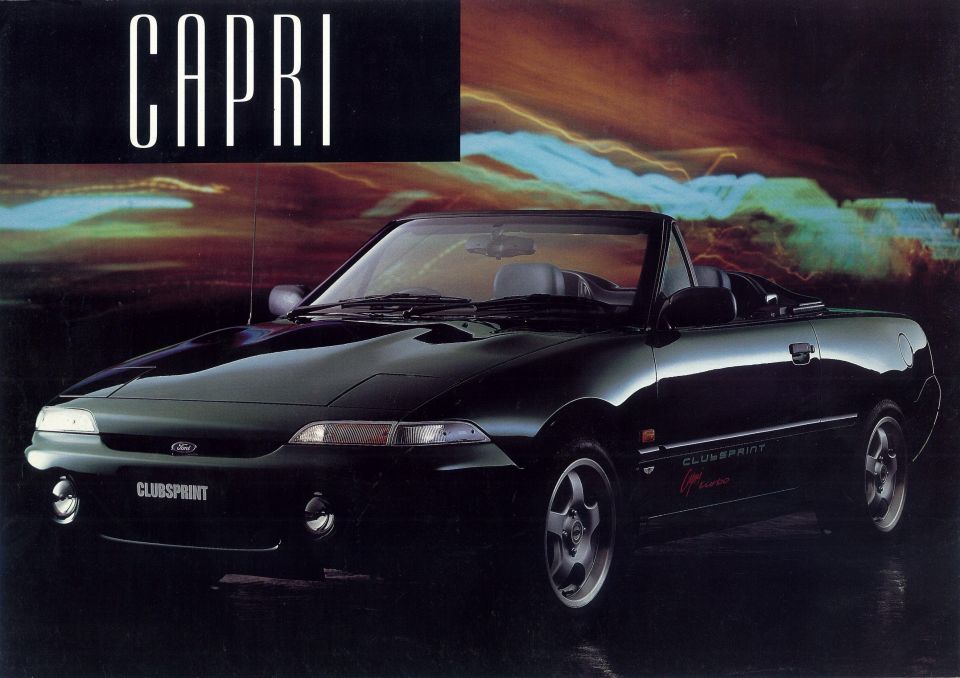
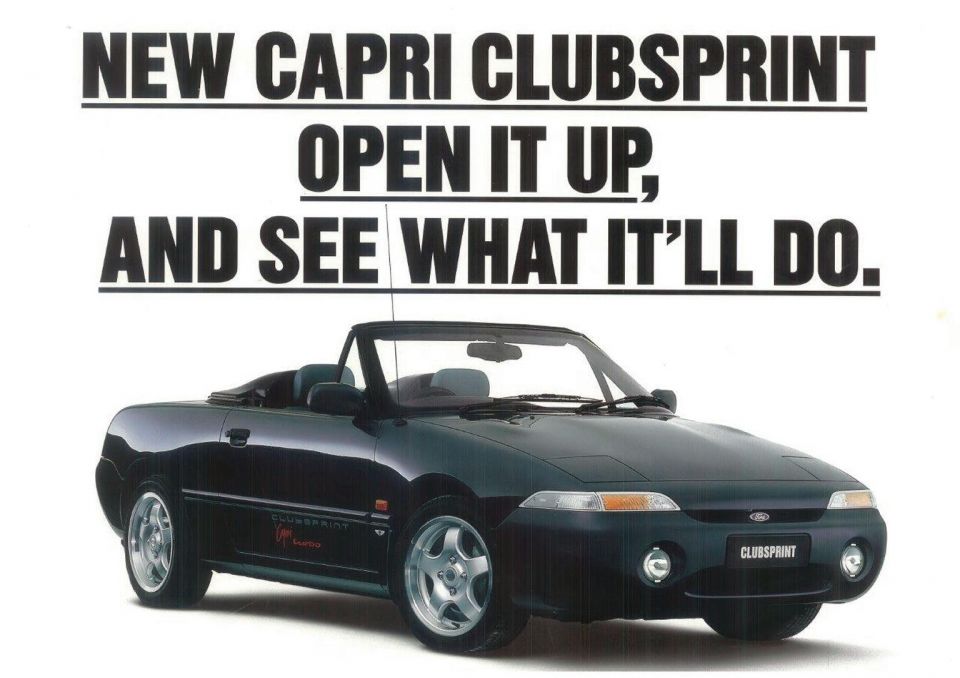
The Clubsprint also received more aggressive front and rear styling, with quad round tail lights and a new front bumper with two round Hella driving lights. All Clubsprints were Pearl Black with blue leather upholstery and a Momo steering wheel.
The only engine powertrain available was a turbocharged Mazda 1.6-litre four-cylinder engine with 100kW of power, mated to a five-speed manual transmission. TVE also lowered the suspension by 25mm at the front and 15mm at the rear and fitted unique 16-inch alloy wheels.
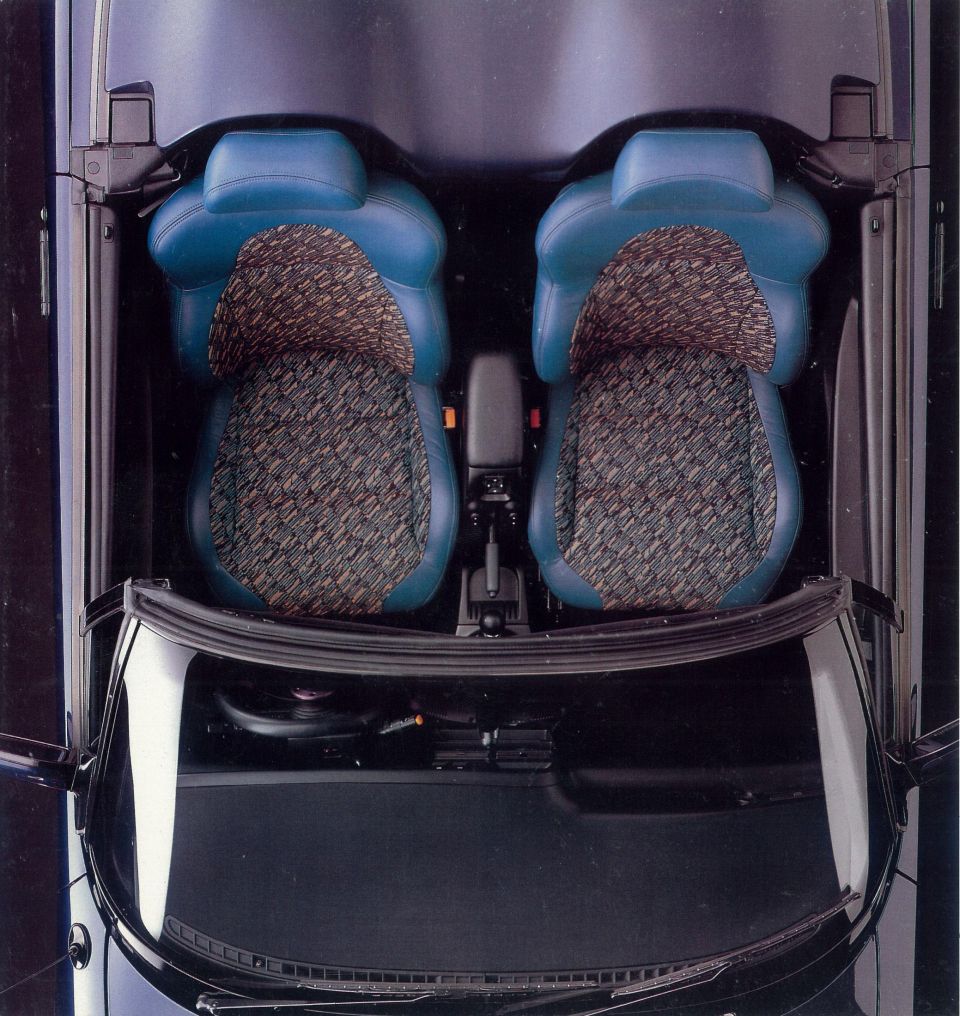
Just 200 examples of the 1992 Capri Clubsprint were produced, but Ford brought it back in 1993. Clubsprints were now available only in white or green, while the standard engine – as on the regular Capri – was a 77kW 1.6-litre four-cylinder, with the turbo 1.6-litre optional. The wild blue seats were gone, replaced with similarly garish cloth and green leather upholstery.
The naturally-aspirated ‘93 was priced almost identically to the turbocharged ‘92, with the more powerful engine costing an extra $2000. According to CapriConvertible.com, the ‘93 Clubsprint was even rarer despite the additional engine option – just 158 were produced, followed by a mere 46 in 1994.
Capri sales had well and truly contracted by this point, both here and in the US. The Capri was sitting at around a quarter its 1990 sales, sounding the death knell for the little droptop. Unfortunately, the end of the Capri meant the end of Ford Australia’s left-hand drive export program, so Americans would never get to experience more conventional Australian models like the Falcon and Territory.
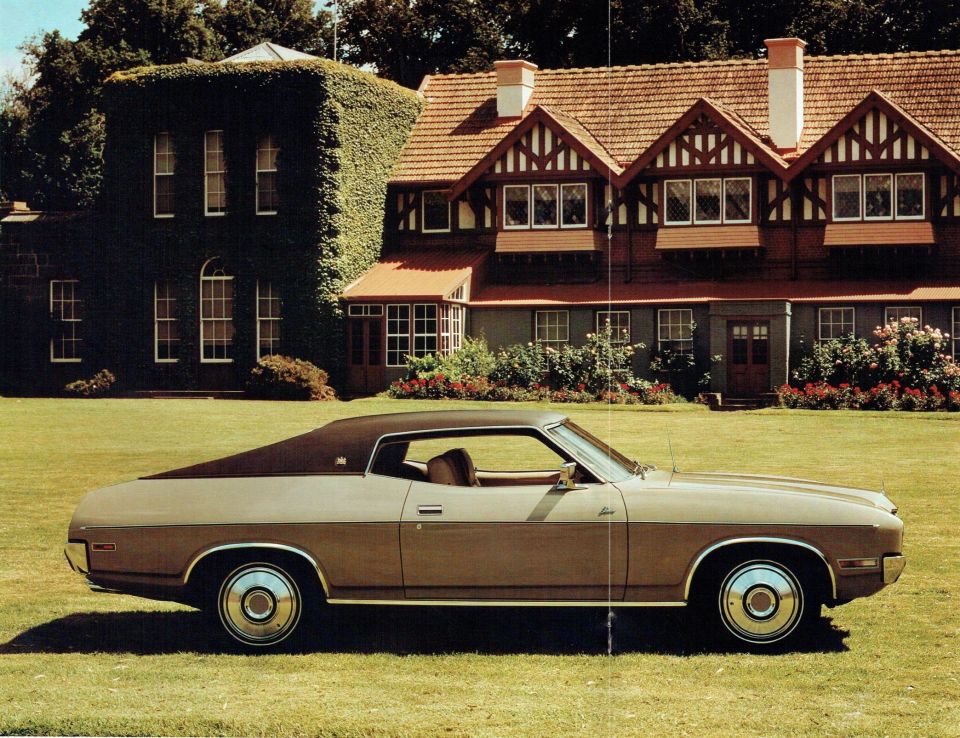
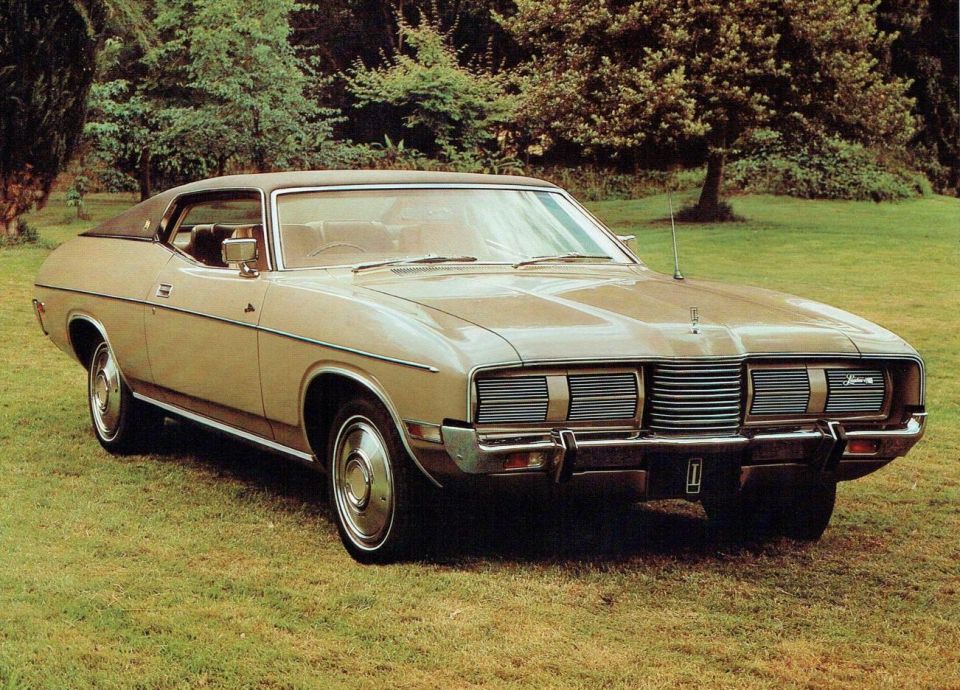
Ford, Holden and Chrysler all looked to their American counterparts for inspiration over the years, borrowing American nameplates (Caprice, Charger etc) and paying homage to American designs. You need look no further than the flagship lines of each of the Aussie Big 3 to see just how much American influence there was.
That also led to some intriguing models which American observers would have found quite odd. Take the Ford Landau, a short-lived coupe companion to the Fairlane and LTD.
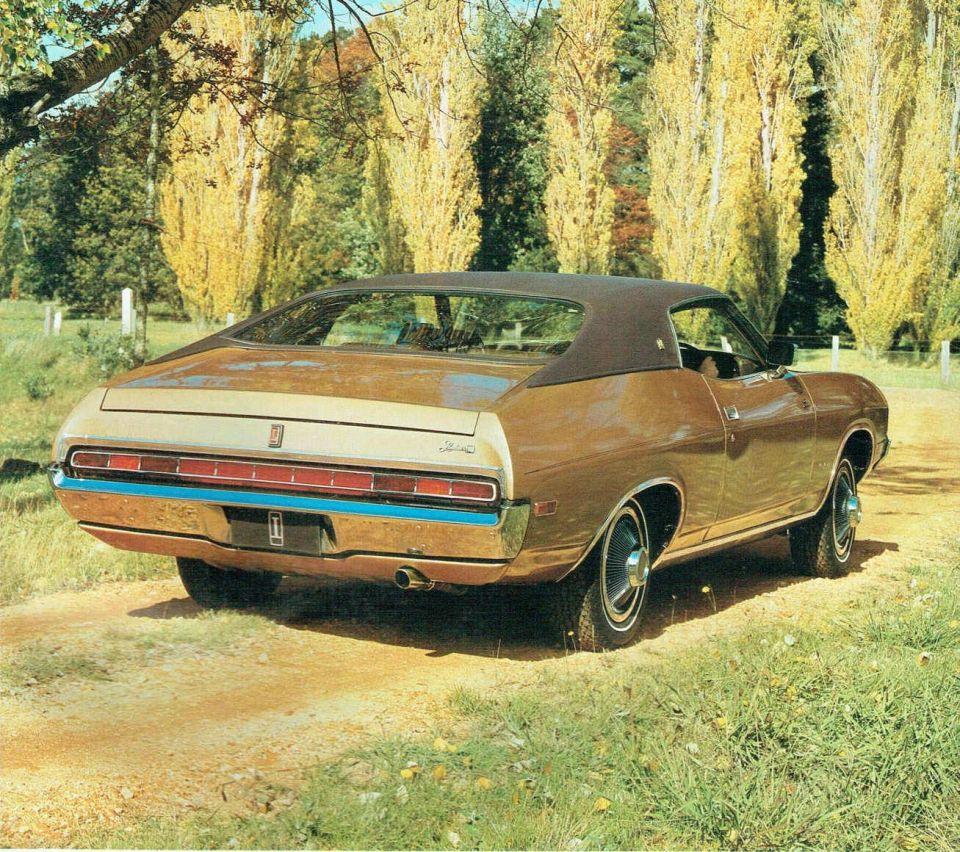

It took the body of the XA Falcon Hardtop, itself heavily inspired by the Ford Torino and Mercury Montego Sportsroof coupes, and added the more formal front end of the P5 LTD with its vacuum-operated hidden headlights, reminiscent of those of the larger Mercury Marquis and Lincoln Continental.
The end result was a curious mix of formal and sporty styling, in sharp contrast to full-sized American luxury coupes that would typically have a more upright C-pillar and a more stately rear. Ford did, however, revise the Falcon hardtop’s window line slightly.
Landau, like Brougham, was a generic American trim level name that typically denoted a fully-loaded vehicle with a vinyl roof – indeed, a landau roof was a type of vinyl roof design. And yes, the Landau came with a vinyl roof.

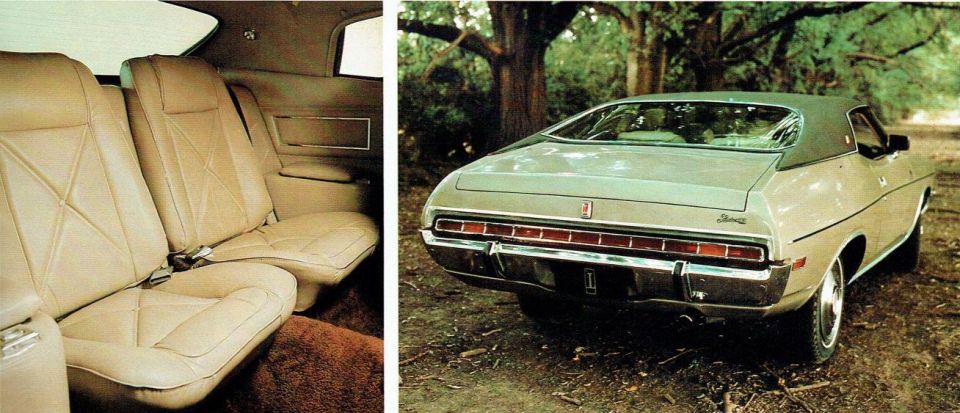
It was specified to the same level as the LTD, with a 351 cubic-inch (5.8-litre) V8 with 216kW of power and 515Nm of torque, mated to a three-speed automatic transmission. Weighing over 130kg more than the mechanically identical XB Falcon GT Hardtop, the Landau still had plenty of punch for a big coupe.
Also standard on the LTD and Landau were power windows, power steering, air-conditioning and four-wheel disc brakes; leather upholstery was a $250 option, though the Landau differed from the LTD in having bucket seats both front and rear.
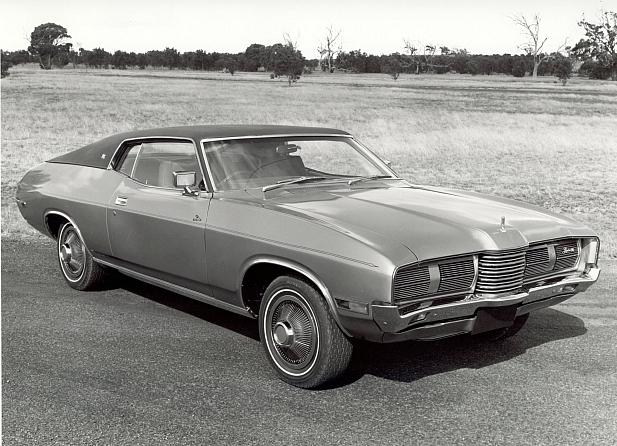
While the LTD, also new for 1973, had a wheelbase 127mm longer than that of the Fairlane, the Landau was no longer and therefore no more spacious (or easier to see out of) than a Falcon hardtop. The Landau was cheaper than the LTD, though, at $6950; the LTD was an extra $800.
Coupes may have been dominating the American market in the 1970s, with coupe-only lines like the Ford Thunderbird and Chevrolet Monte Carlo often outselling the sedan/coupe/wagon lines on which they were based, but Australians were much less enthusiastic. That applied to luxury car buyers, too, and so the Landau was discontinued after 1976. Just 1385 were made.

American Motors was smaller than Ford, General Motors and Chrysler so it often had to do more with less. While it sold fairly unsuccessful oddballs like the 1975 Pacer, it also occasionally had a stroke of genius like wedging Jeep mechanicals under a car body (the 1980 AMC Eagle) or partnering with a fashion label for a special edition.
That must unlikely of collaborations, the 1972 AMC Hornet Sportabout Gucci, got Ford’s attention. In 1976, it introduced a series of designer editions of its flagship American model, the Continental Mark IV coupe, which were appearance packages co-created with upscale brands Cartier, Pucci, Givenchy and Bill Blass.
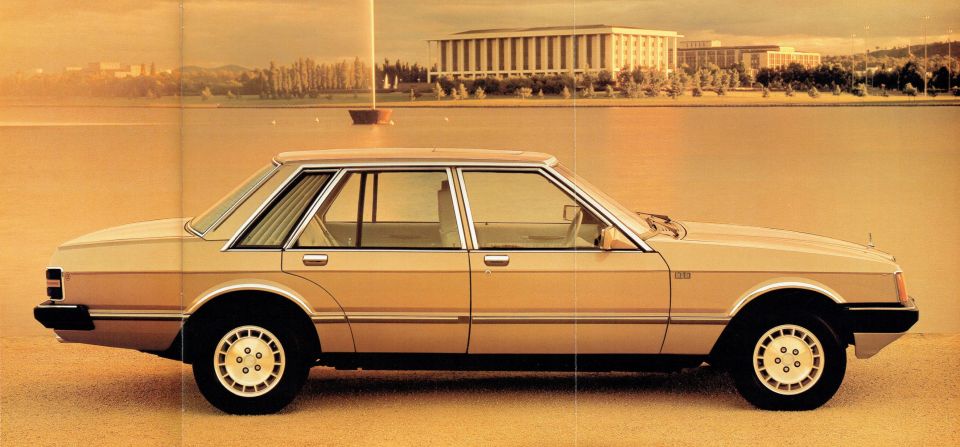

Lincoln would go on to offer design editions into the 1990s. In 1980, Ford Australia followed the lead of its head office and introduced a designer edition of its most expensive local model, the FC-series LTD.
The LTD Cartier was finished in champagne metallic with burgundy pinstriping. Inside, there was a choice of leather or the then-fashionable crushed velour for the seats, both of which were coloured champagne to match the carpeting.
In leather-trimmed models, there was a break from the beige in the form of burgundy accents on the seats, doors and centre console. Also burgundy were the leather purse, key case and travel wallet included with every LTD Cartier.

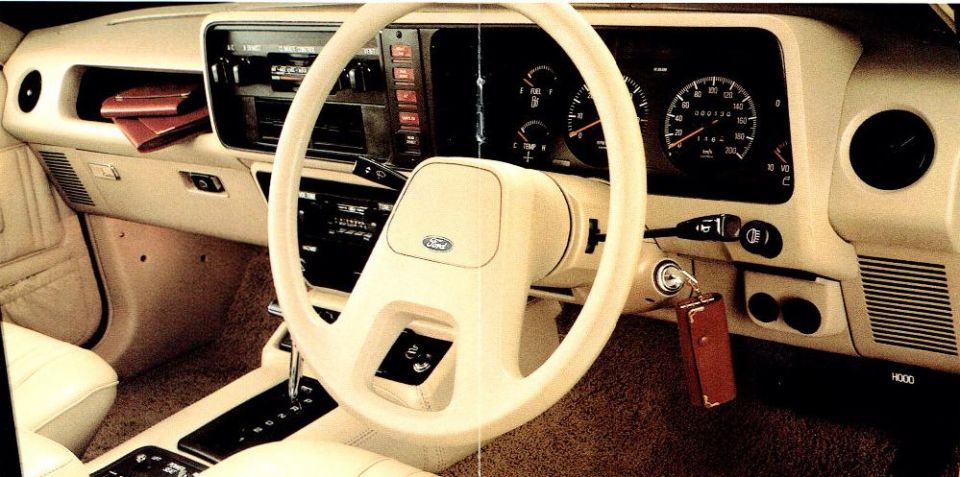
A power moonroof was standard, though it could be deleted for a credit. You also had a choice of 4.1-litre six-cylinder or 5.8-litre V8 engines. The Cartier returned for 1981 but it would be its last year – the subsequent FD series dropped the special trim level, plus the V8 and even the cool tail lights.
And though Ford had offered Silver Monarch, Town Car and Cartier special editions of the LTD over the past few years, there would never again be a special edition LTD.
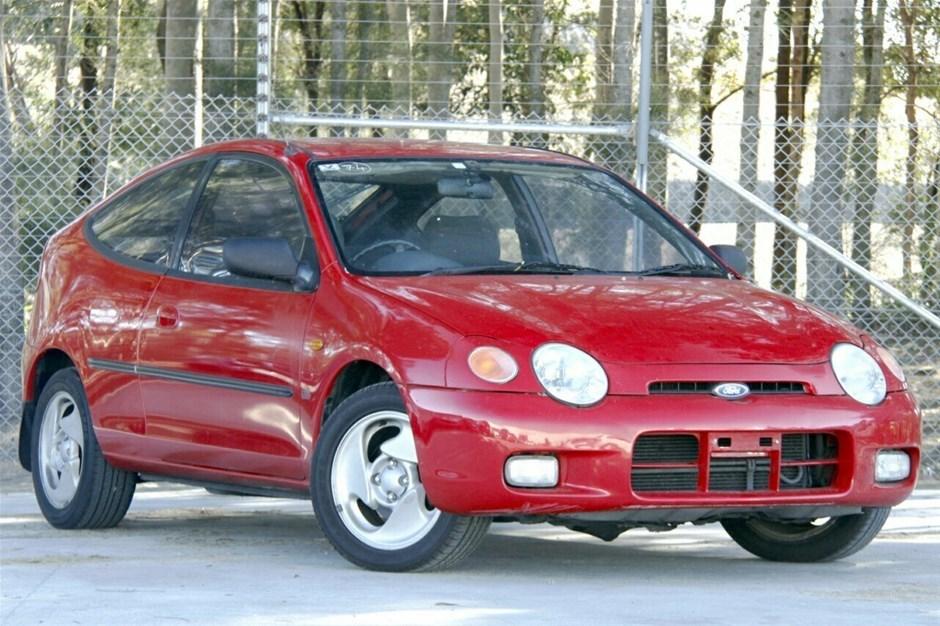
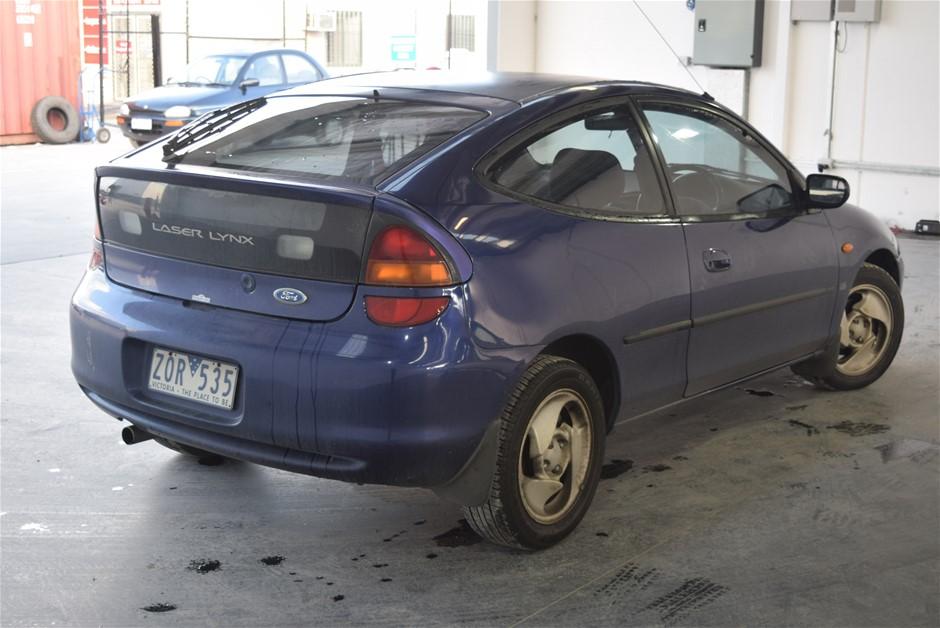
In 1994, Ford introduced its first fully-imported Laser range to Australia. Still based on the Mazda 323, the KJ range largely consisted of four-door sedan and five-door Liata hatchback models. At the top of the range sat a new, three-door flagship, the Lynx.
It used the same body as the Japanese-market Familia Neo, albeit with a polarising new face with four round headlights.
Past imported flagship Lasers had packed turbocharged power and four-wheel drive but the Laser Lynx, despite its wild styling, was decidedly more milquetoast.
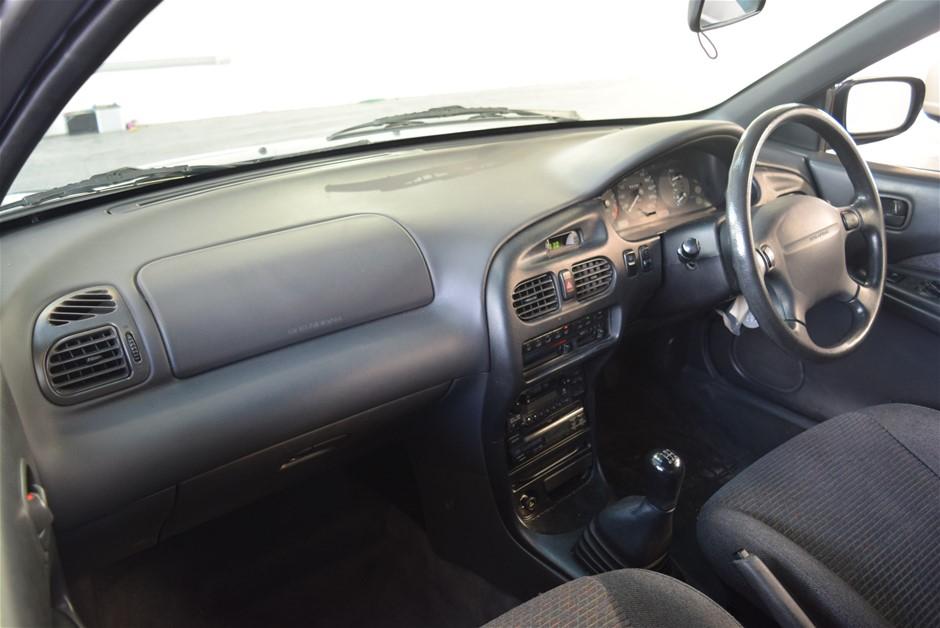
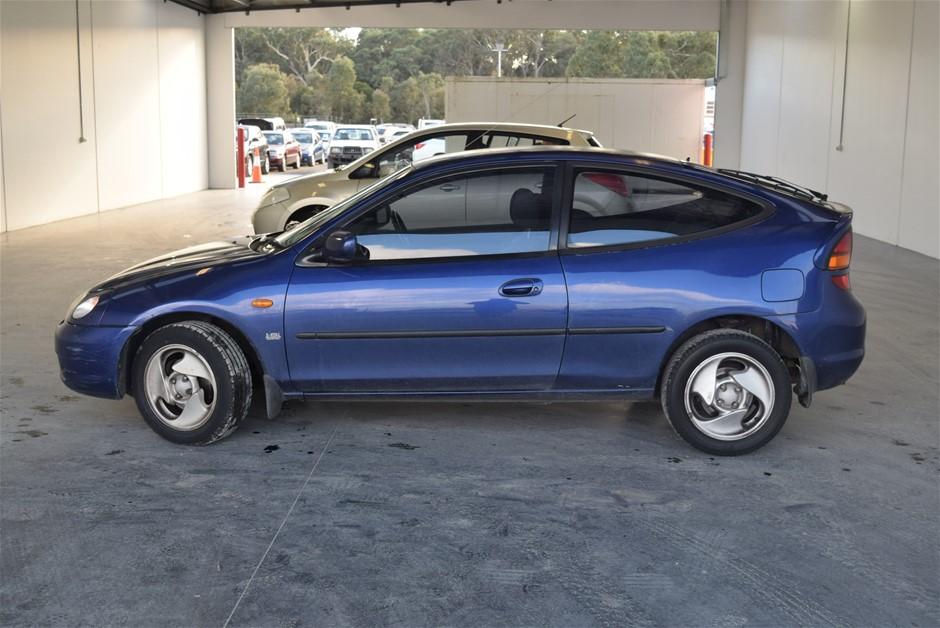
The only engine was a naturally-aspirated 1.8-litre four-cylinder producing 92kW of power and 160Nm of torque, mated to a five-speed manual. That was down 25kW and 46Nm on the TX3 Turbo 4WD that had capped the 1993 range and was the same engine used in the Laser Ghia, which cost around $2000 less in five-door, manual guise.
It justified the expense with its quirky styling and some extra kit, like remote central locking, but Ford had overestimated the demand for a highly-specified three-door hatchback with no sporting pretensions. The Laser Lynx may have driven well, but so did all the other KJ Lasers. When it came time for the KJ Series II facelift in 1996, the Lynx was quietly shown the door.
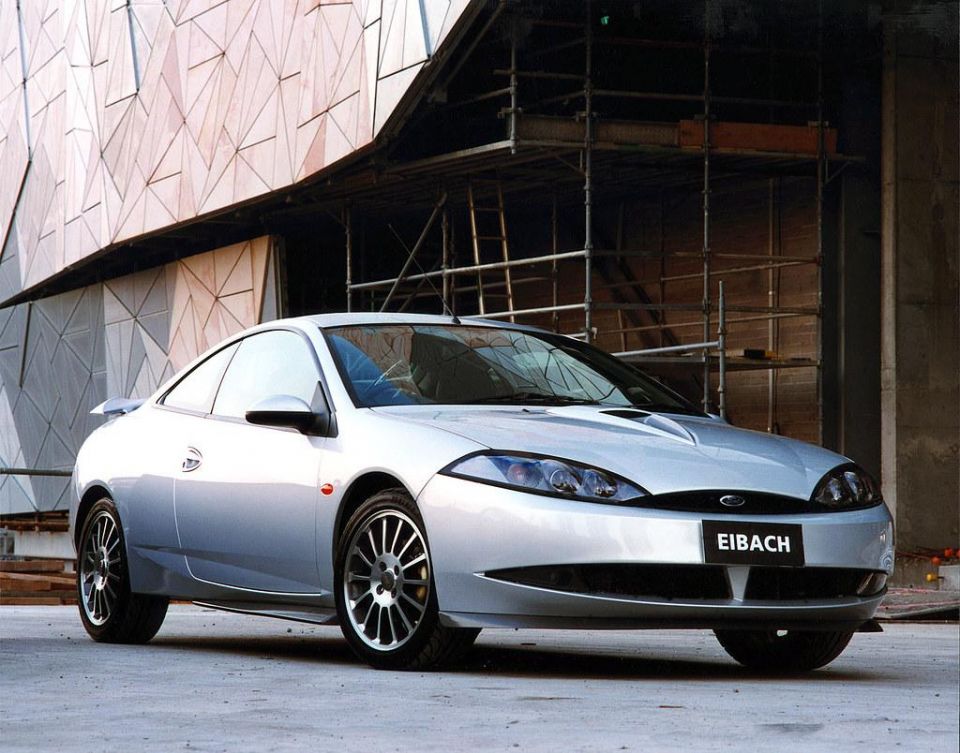
The Ford Probe hadn’t managed to topple the class leaders in the sales race despite aggressive styling and excellent Mazda MX-6-based mechanicals. Perhaps that was in part due to its name, which conjured images of dorky-looking spacecraft (or worse).
Though the coupe market was declining, Ford opted to replace the Probe with its new Cougar in 1999. In the US, it was badged as a Mercury but unlike its rear-wheel drive and predominantly V8-powered predecessors, this wasn’t a personal luxury coupe. Instead, it was a Mondeo-based, front-wheel drive (FWD) coupe that would also be sold in Europe.
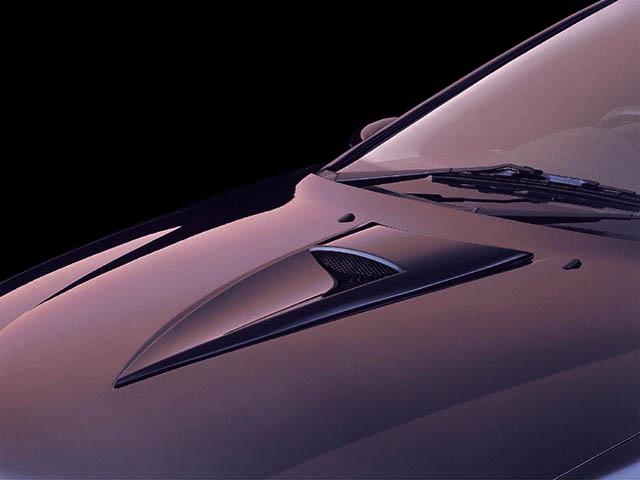
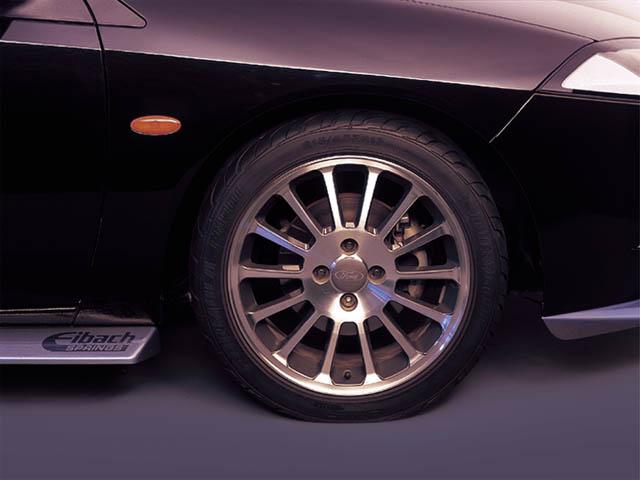

With a mandatory 2.5-litre V6 engine here and one of the best applications of Ford’s often controversial New Edge design language, not to mention an excellent FWD platform, the Cougar had the recipe for success. Unfortunately, it was met with buyer apathy.
For its second year on the market, Ford introduced the Cougar Eibach, named for the suspension tuners who worked with Ford and Tickford to create this special edition. For an extra $5200 you got a 20mm lower ride height, beefier tyres, and retuned springs and shocks. The Cougar was also dressed up with an aggressive body kit with a prominent bonnet scoop. Just 100 were built.

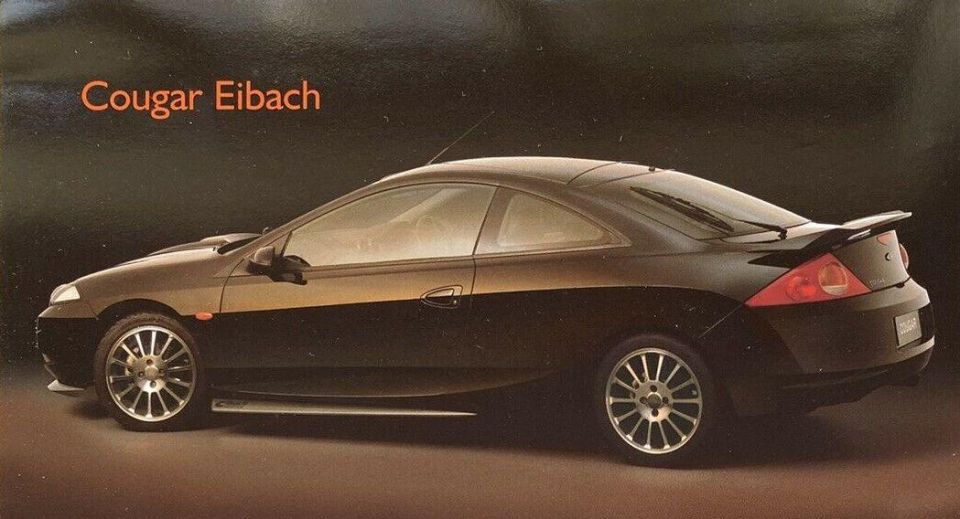
While numerous special editions were offered in the American market, the Eibach would be the only local offering. After its production run ended, the Cougar continued on for another couple of years and received an attractive facelift for 2001.
It’s clear the Cougar wasn’t a resounding success in any of its main markets – the once Capri coupe-adoring British populace largely ignored it and it was axed there in 2001, while 2002 was the final year for it in Australia, Europe, and the USA.

The TE Kuga was introduced in February 2012 and was replaced by a next-generation model just 14 months later, making this one of the shortest-lived models on this list.
Offered in two variants, the Kuga served as a placeholder after Ford discontinued the dated Escape in 2011. Both variants packed a turbocharged 2.5-litre five-cylinder engine borrowed from Volvo and also seen in the front-wheel drive Focus XR5 and Mondeo XR5.
In the Kuga, it produced 147kW of power and 320Nm of torque. All-wheel drive was standard, as was a five-speed automatic transmission.
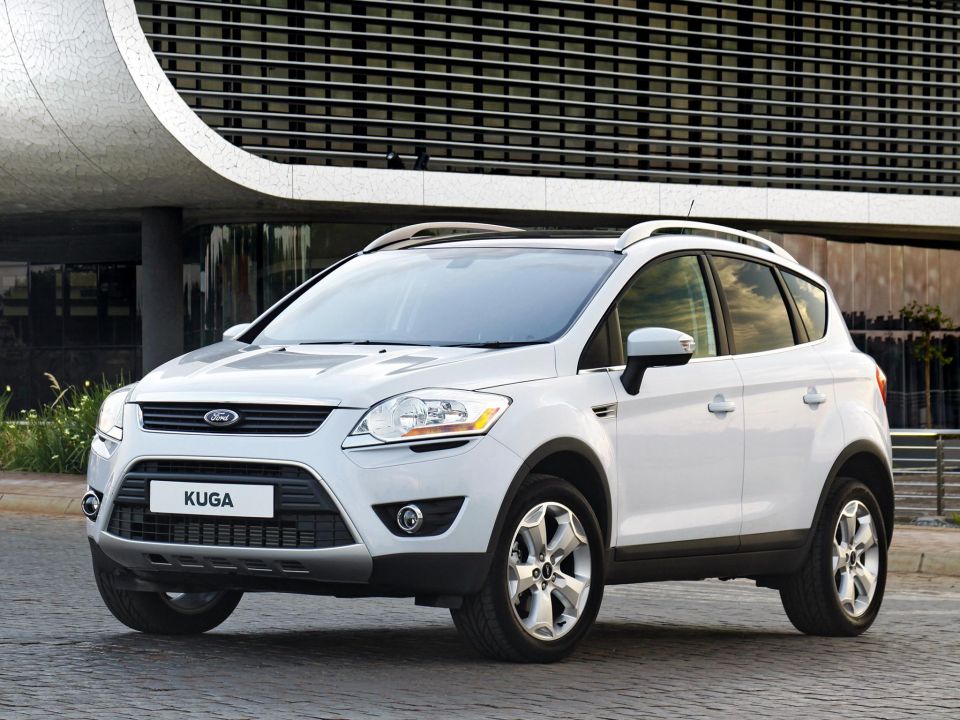
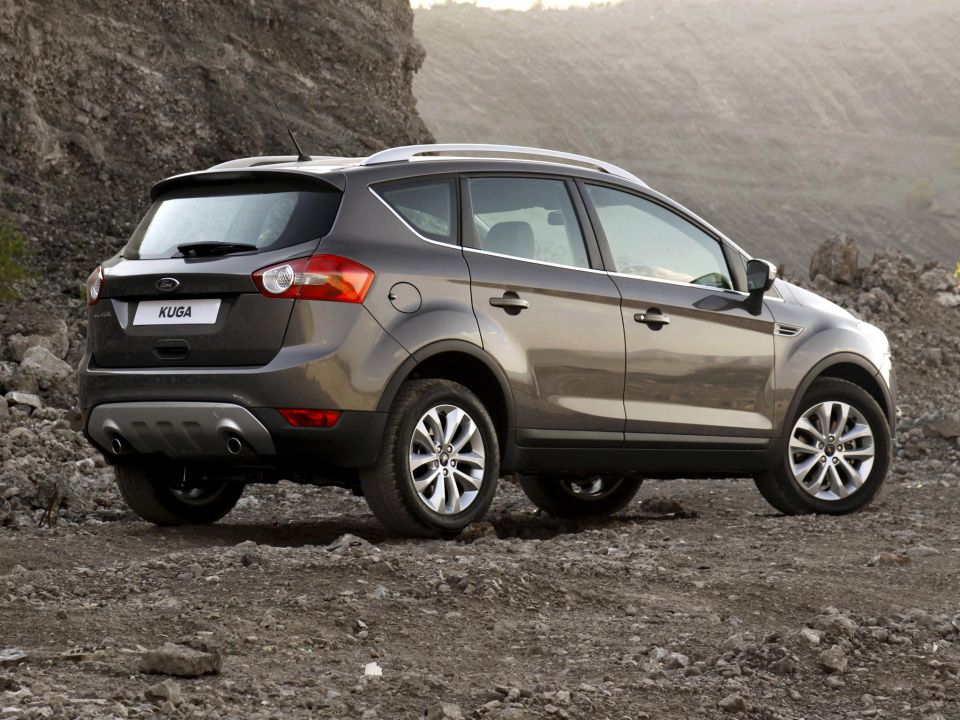
The Kuga had been introduced all the way back in 2008 in Europe, meaning it came here at the very end of its lifecycle. The mandatory 2.5-litre five also meant there were no price-leader models, leading to a base price of $38,990 – a full $10,000 more than the 2011 Escape, not to mention base model rivals.
Mind you, the Kuga was miles ahead of the elderly Taiwanese Escape that had avoided the substantial updates afforded to North American models. Bringing the TE model over also helped introduce Australian buyers to the Kuga nameplate, in much the same way as Holden had brought the TR Astra over at the end of its lifecycle to help introduce the vastly more popular TS.
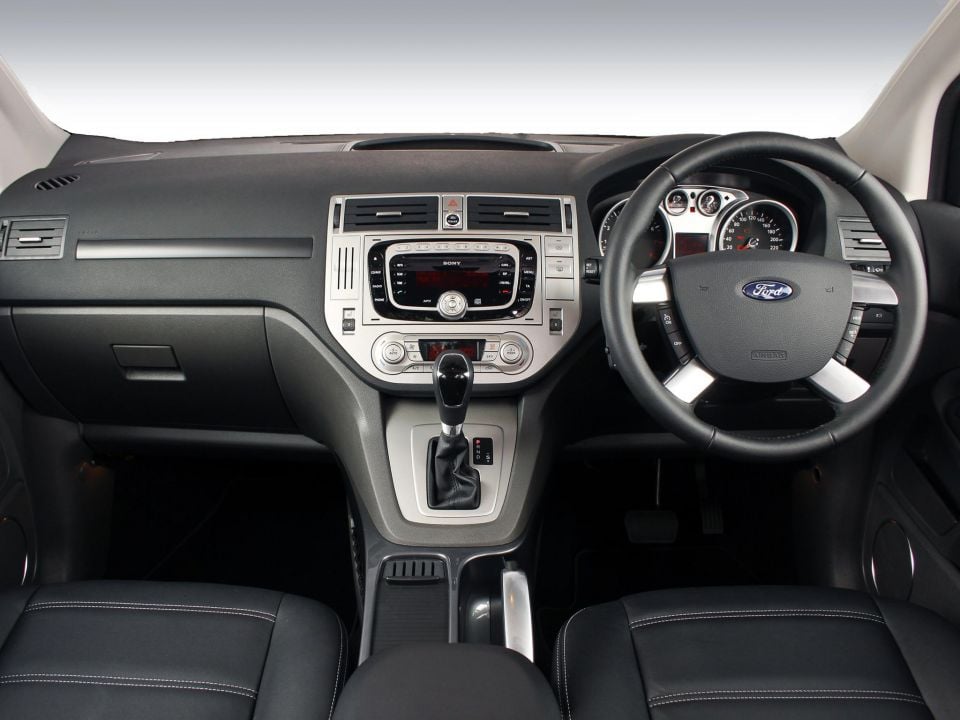
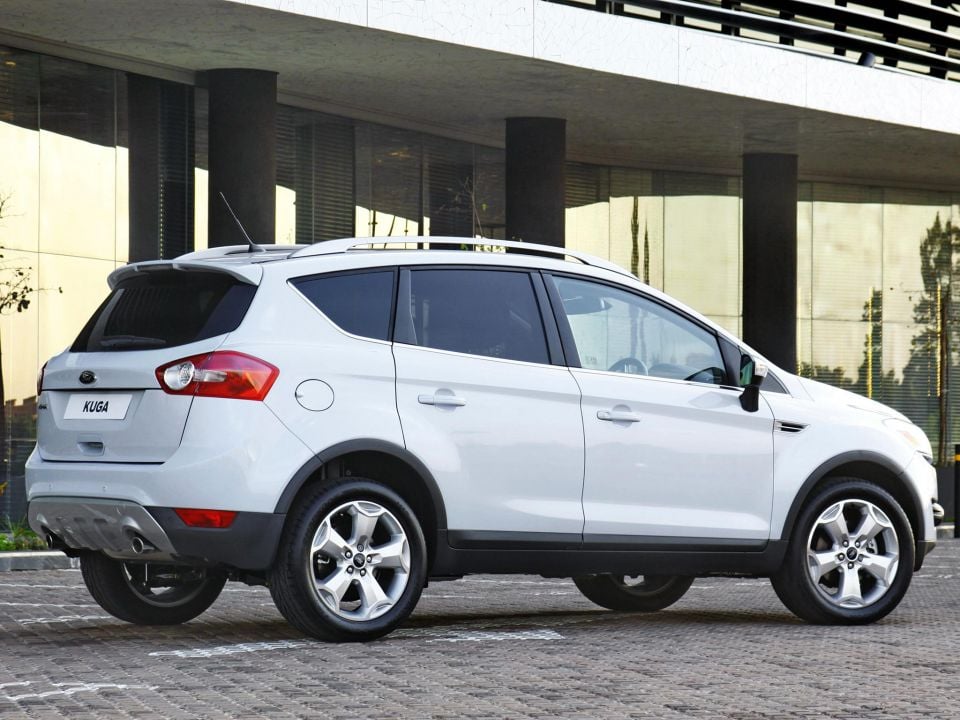
In 2012, Ford sold 1107 Kugas, around half what it had shifted of the Escape the year before. That meant it was outsold by everything from the Great Wall X200/X240 to the Jeep Cherokee, Renault Koleos and Suzuki Grand Vitara.
The following Kuga offered a wider range of engines and trim levels, though even it didn’t rocket to the top of the sales charts. That’s why, come mid-cycle enhancement time, Ford rebranded it as the Escape.

While the five-cylinder Mondeo XR5 Turbo was modestly successful for Ford and lasted several years, there was an earlier sporty Mondeo that sunk without a trace.
Ford did a soft reboot of its Mondeo range for 2000, replacing the LX and GLX sedan, hatch and wagon with a new base Verona sedan, mid-range Ghia hatch, and a new performance flagship, the ST24.
Under the bonnet of the ST24 was the same naturally-aspirated 2.5-litre V6 used in the mechanically related Cougar coupe, producing 125kW of power and 220Nm of torque. To further drive the fact this was a sports sedan, the only transmission was a five-speed manual. The Mondeo’s US cousin received an even more cooking version, with SVT fettling the 2.5-litre to produce 149kW in the SVT Contour.
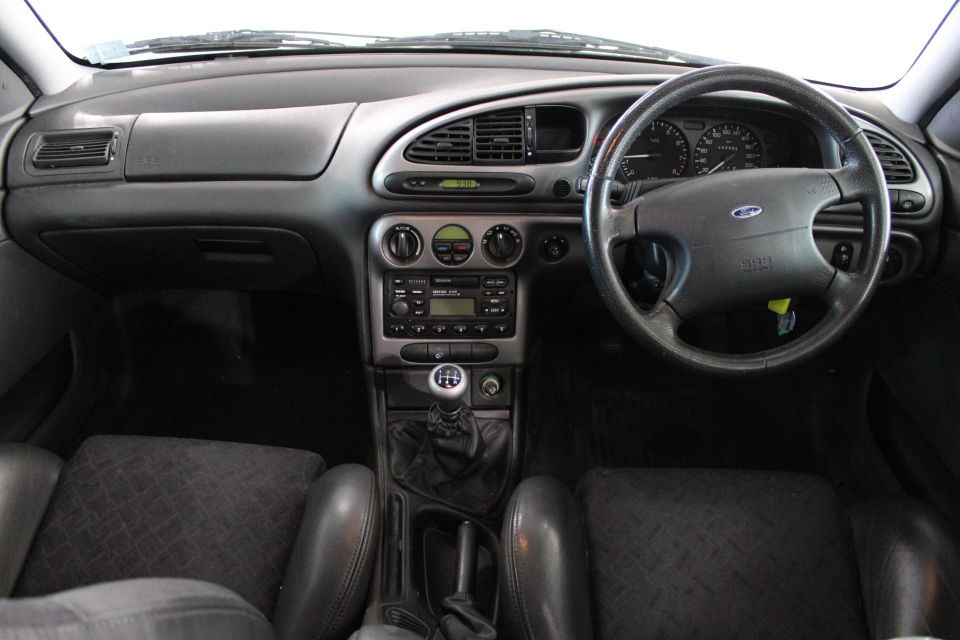
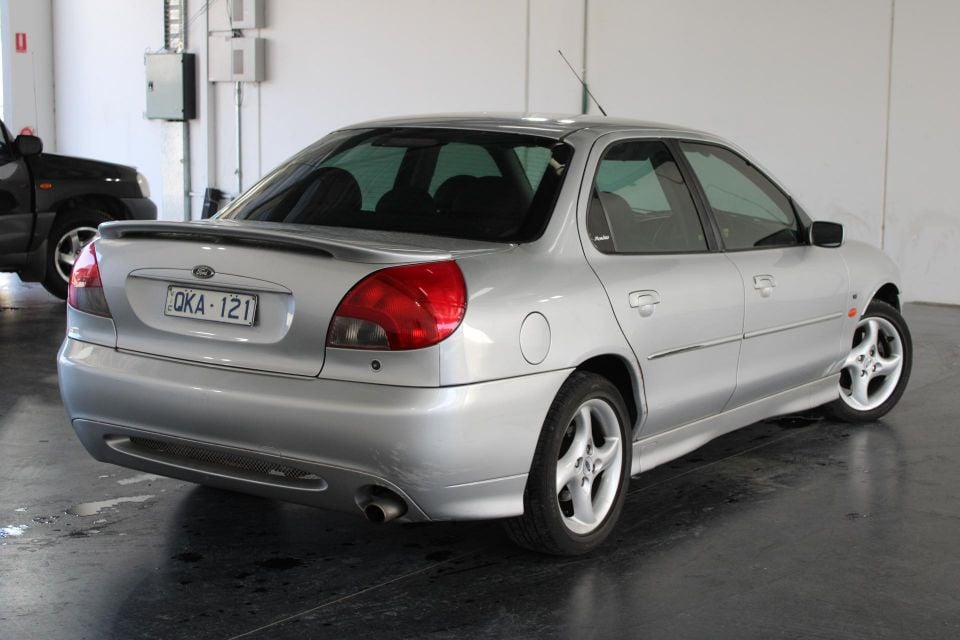
The writing was on the wall for the Mondeo by this point, however. Sagging sales and the volatility of the mid-sized segment – wedged between increasingly large, comfortable small cars and more familiar large cars – had already led Nissan and Mitsubishi to pull out to focus on their small and large offerings.
And so, despite having only just “relaunched” the Mondeo range, Ford pulled the plug on it in 2000, leaving the cooking ST24 a one-year wonder.

Just about every car company seemed to have a folding metal hardtop convertible in the 2000s, and Ford was no exception. It introduced its Focus Coupe Cabriolet in 2007, the same year Holden’s soft-top Astra Convertible was replaced with the hardtop Astra TwinTop.
The concept seemed great on paper. You seemed to get the best of both worlds with these droptops – you had a convertible with all the security and insulation of a coupe once you put the top up. In the Focus, that action took just under 30 seconds.


This body style had its drawbacks, however, chiefly the extra weight and complexity. To help mitigate the latter, Ford designed its first and thus far only droptop Focus to have only a two-piece roof instead of rivals like the Volkswagen Eos, whose roof folded in five segments.
Unfortunately for the Focus, such a roof required an even larger repository in which to store it. Coupe convertibles were often known for being a bit awkward-looking with both the top up and the top down, though some – like the Volvo C70 – managed to avoid this fate.

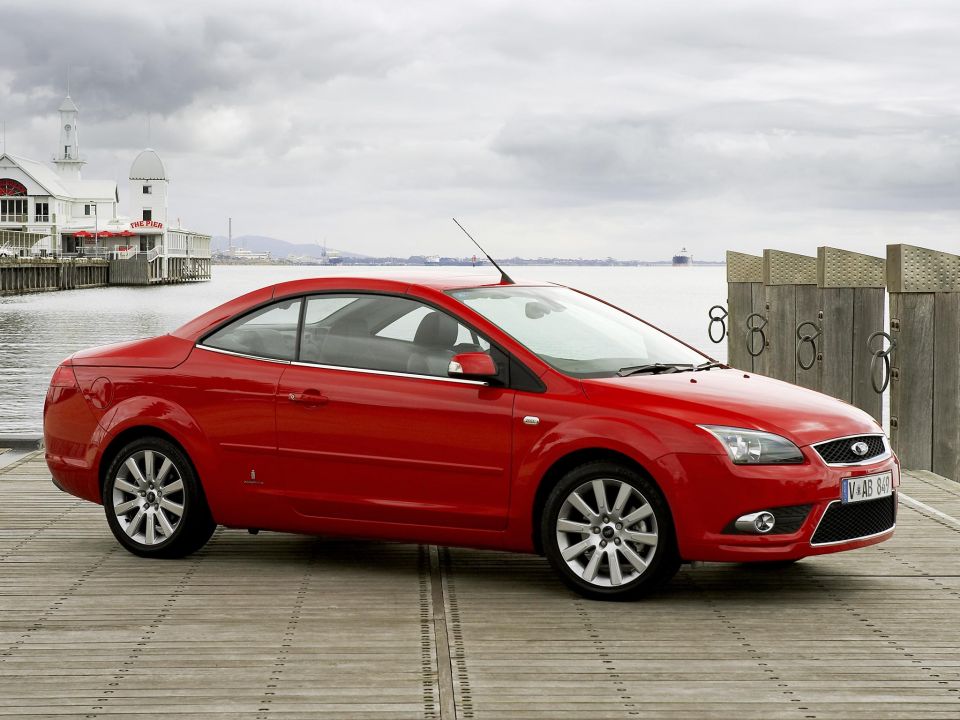
Not so the Focus, which suffered from one of the most ungainly rear ends of any coupe convertible. It might have worn Pininfarina badging but, hey, even the best have off days. The frumpy Focus had to face the comelier Astra convertible, which also had the advantage of Holden having competed in this segment for a few years, to modest success.
Like the Astra TwinTop, the Focus Coupe Cabriolet came in a single, well-specified model. In fact, the Focus was priced identically to its arch-rival – $45,490 for the five-speed manual, $47,490 for the four-speed auto. Both had naturally-aspirated four-cylinder engines but the Focus’ 2.0-litre produced 107kW of power and 185Nm of torque to the Astra 2.2-litre’s 110kW and 210Nm of torque.
The Astra was sprightlier, even though it weighed an extra 150kg more than the 1454kg Focus that was itself around 150kg more than a Focus sedan. Speaking of the sedan, the Focus Coupe Cabriolet shared its wheelbase and yet rear seat room was nothing special.


In its last full year on sale, 2008, Ford sold 487 examples of its droptop Focus to 858 Astra TwinTops; the Volkswagen Eos managed to outsell both, with a surprising 1852 units.
The TwinTop disappeared after 2009 as Holden switched from the Astra to the Cruze for its small car line but the Focus wasn’t able to take advantage of the vacuum, Ford Australia pulling the plug in 2009. It continued on in other markets until the introduction of the third-generation Focus, which tellingly lacked a convertible.
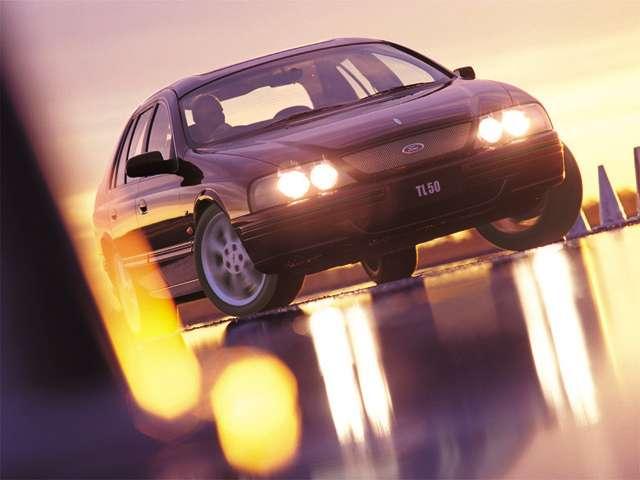
The history of Ford in Australia has been marked by cars that have been genuinely good as rivals but never as commercially successful – see Cougar, Mondeo, Focus, Fiesta, Probe, Escape, Kuga et al.
Whether that’s a result of Ford prioritising marketing of its volume-selling models (the Falcon before, the Ranger now) or for some other reason, that leaves a long history of Ford models that are decidedly less ubiquitous on our roads than rival Japanese and Korean models.
It also means there are plenty of Fords which may well have disappeared from your memory banks.
Where expert car reviews meet expert car buying – CarExpert gives you trusted advice, personalised service and real savings on your next new car.
William Stopford is an automotive journalist with a passion for mainstream cars, automotive history and overseas auto markets.


Derek Fung
34 Minutes Ago
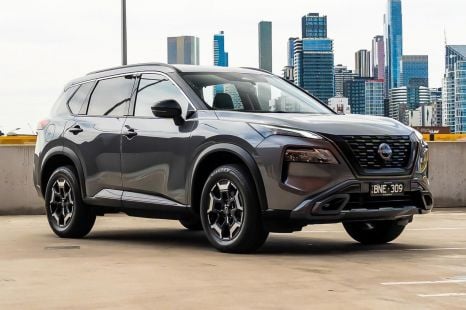

William Stopford
7 Hours Ago
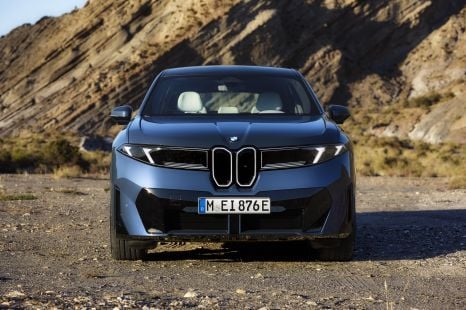

William Stopford
23 Hours Ago
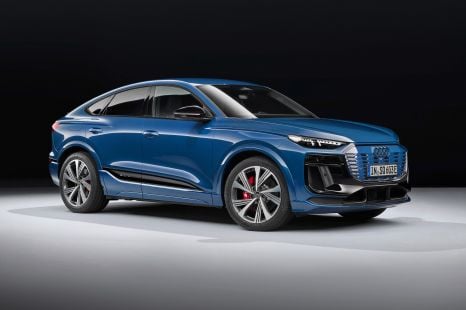

William Stopford
23 Hours Ago
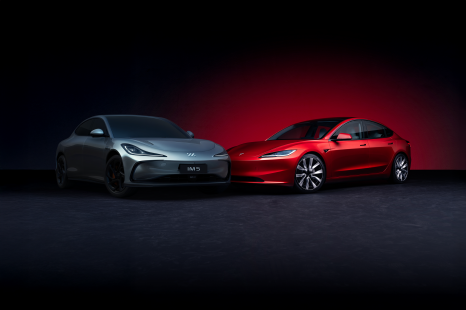

Andrew Maclean
1 Day Ago


Derek Fung
1 Day Ago